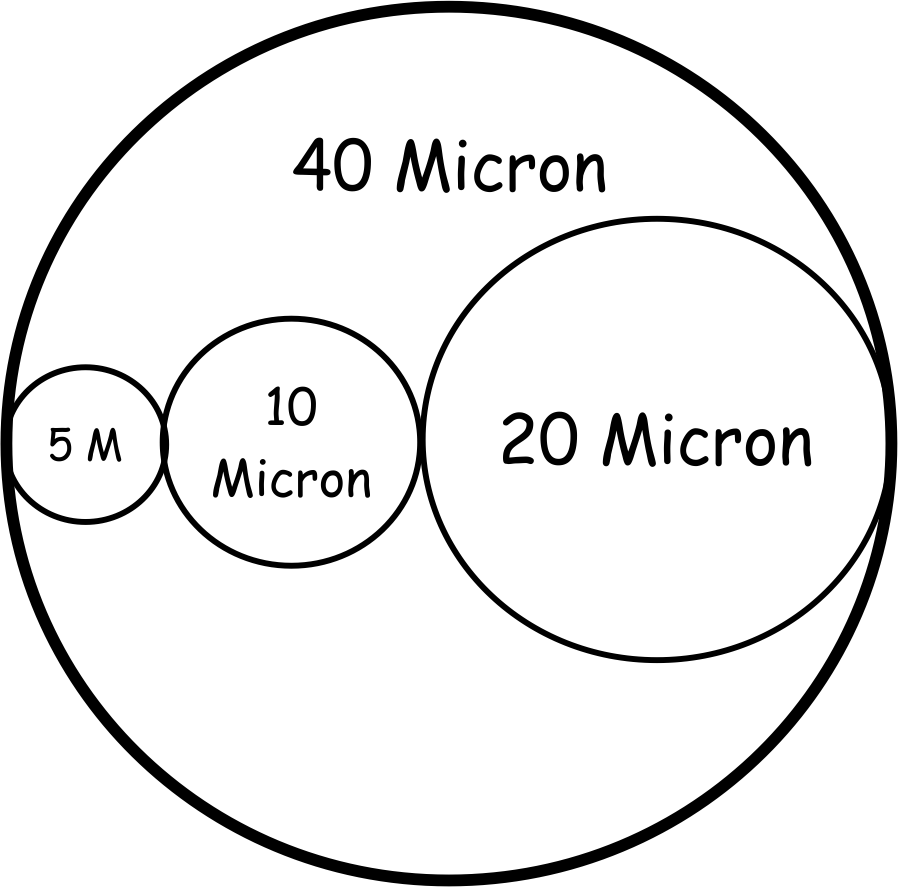Pakistan, with a total area of 796,100 square kilometers (km2), is located in Southern Asia. It is bordered by India in the east, China in the north-east, Afghanistan in the north and north-west, Iran in the south-west and the Arabian Sea to the south. Pakistan is divided into four provinces, namely the Punjab, Sindh, North West Frontier Province (NWFP), and Balochistan.
Water Resources
Pakistan can be divided into three hydrological units:
The Indus basin, covering more than 566,000 km2 (or 71% of the territory), comprising the whole of the provinces of the Punjab, Sindh, and NWFP and the eastern part of Balochistan. The Indus river has 2 main tributaries, the Kabul on the right bank and the Panjnad on the left bank. The Panjnad is the resulting flow of five main rivers (literally Punjab means "five waters"): the Jhelum and Chenab, known as the western rivers, and the Ravi, Beas, and Sutlej known as the eastern rivers.
The Karan desert in the west of Balochistan (in the west of the country), which is an endorheic basin covering 15% of the territory. The Mashkel and Marjen rivers are the principal source of water in the basin. The water is discharged in the Hamun-i-Mashkel lake, in the south-west at the border with Iran.
The arid Makran coast along the Arabian Sea covering 14% of the territory in its southwestern part (Balochistan province). The Hob, Porali, Hingol, and Dasht are the principal rivers of this coastal zone.
The internal renewable water resources are estimated at 248 cubic kilometers per year (km3/year). Surface runoff is estimated at 243 km3, while groundwater resources are about 55 km3, most being the baseflow of the river system.
Water Withdrawal
Total water withdrawal in 1991 was estimated at 156 km3, of which 96.8% for agricultural purposes (1.6% is withdrawn for domestic use and another 1.6% for industrial use). Groundwater abstraction for agriculture has been roughly estimated at 55 km3/year, which is approximately the volume of groundwater renewable resources. However, in some areas, development appears to have reached the point where groundwater is being mined. Most urban and rural water is supplied from groundwater. Over 50% of the village water supply is obtained through hand pumps installed by private households. In saline groundwater areas, irrigation canals are the main source of domestic water.
The World Bank reports that at least 80 countries have water shortages and 2 billion people lack access to clean water. More disturbingly, the World Health Organization has reported that 1 billion people lack enough water to simply meet their basic needs, unfortunately in many countries water is scarce or contaminated.
Pure Aqua provides wide range of filtration and economical solutions based on the Pakistan's water resources. Pakistan's main water resources are:
Surface water “is water from river, lake or fresh water wetland, which can be treated using different methods, such as Ultra-filtration Systems, Media Water Filters, Brackish Water RO.
Desalination can be used for water from ocean, or sea source, which can be treated using Sea Water Reverse Osmosis Systems; Desalination Systems
Ground Water or brackish water is from water located in the pore space of soil and rock “Borehole well”, which can be treated using Reverse Osmosis Systems, Media Water Filters, Chemical Dosing, UV Sterilizers.
Government water supply, which could have high level of hardness or high level of chlorine, can be treated with Water Softeners, Media Water Filters
Aqua Shield manufactures water treatment systems that meet the World Health Organization requirements.


